| Structure | Name/CAS No. | Articles |
|---|---|---|
 |
sodium chloride
CAS:7647-14-5 |
|
 |
SODIUM CHLORIDE-35 CL
CAS:20510-55-8 |
|
 |
Prazosin hydrochloride
CAS:19237-84-4 |
|
 |
Amlexanox
CAS:68302-57-8 |
|
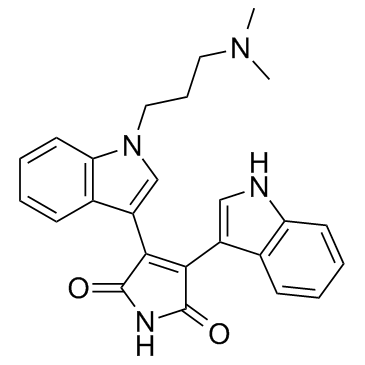 |
Bisindolylmaleimide I (GF109203X)
CAS:133052-90-1 |
|
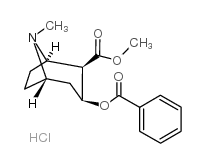 |
cocaine Hcl
CAS:53-21-4 |
|
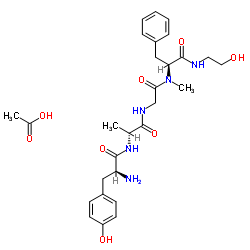 |
(D-Ala2,N-Me-Phe4,glycinol5)-Enkephalin acetate salt
CAS:100929-53-1 |
|
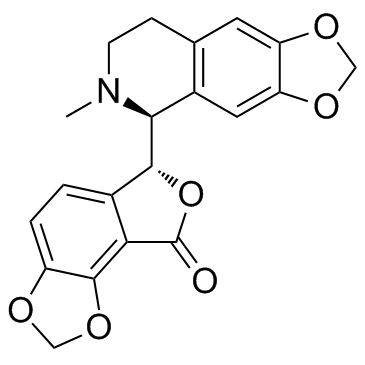 |
(+)-Bicuculline
CAS:485-49-4 |
|
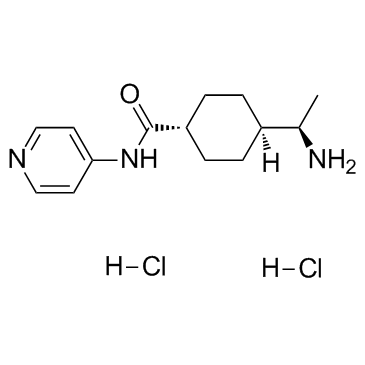 |
Y-27632 2HCl
CAS:129830-38-2 |